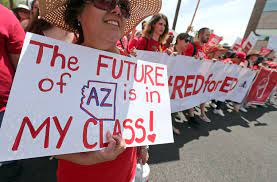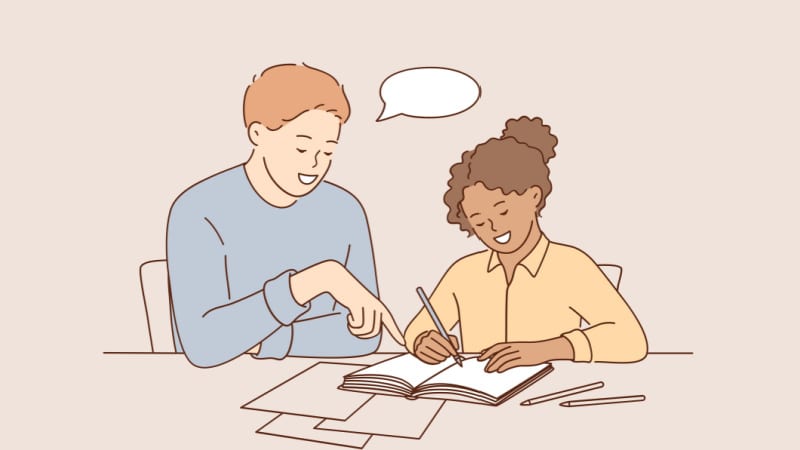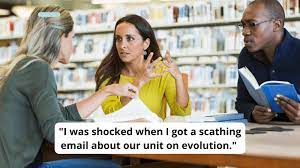Introduction:
Daylight savings time brings the changing of the clocks, and with it, a whole new set of challenges for teachers everywhere. The mixture of joy, confusion, and frustration can create a perfect storm for hilarity. To help bring some lightheartedness into these chaotic times, we’ve compiled some of the best daylight savings memes that capture what it’s like to teach when the clocks change.
1. The Time Warp:
This meme perfectly captures how both teachers and students feel when they lose an hour of sleep due to daylight savings time. Featuring a confused dog reminiscent of Doc Brown from “Back to the Future”, this meme reflects how everyone feels thrown into a time warp during daylight savings season.
2. Naptime Now?:
The collective groan from students and teachers alike is captured in a meme where a tired sloth asks, “Is it naptime yet?” The struggle for everyone to stay awake (and focused) on educational tasks can be felt deep within our souls.
3. The Devious Clock:
A smirking clock sits front and center in this meme, mocking teachers as they scramble to adjust their lesson plans and daily schedules. With text reading “You thought you were prepared,” this meme hits home for those who have been caught off guard by the time change.
4. Running on Empty:
The experience for many educators during daylight savings time can be summed up with this meme featuring Spongebob Squarepants franticly running through his head, looking for some energy (or perhaps coffee). The sentiment is clear – who can spare even one precious hour of sleep?
5. Crucial Countdown:
This meme showcases an image of a countdown clock with the text “Minutes until meltdown” superimposed over it. Teachers know all too well that moment when students seem perfectly fine, but suddenly begin to doze off or lose all focus – and daylight savings time only amplifies that ticking time bomb.
6. Classroom Shuffle:
A GIF meme featuring Tom, the cat from “Tom and Jerry,” running around a room with the caption “Me adjusting lesson plans for daylight savings” perfectly encapsulates the chaos experienced by educators as they attempt to navigate their altered schedules.
7. The Balancing Act:
This meme highlights the delicate balance teachers must maintain between instructional time and their students’ need for rest. Featuring a sleepy Winnie the Pooh balancing a pillow and a chalkboard with a stick, this image will resonate with teachers who understand the struggle all too well.
Conclusion:
Daylight savings memes are not only hilarious but relatable for anyone who has experienced teaching during this tumultuous time of year. While we may lose an hour of sleep, these memes offer some light-hearted humor to help us navigate the challenges that come with the clock changes. Share them with your fellow teachers or students to add some levity to this biannual event!











